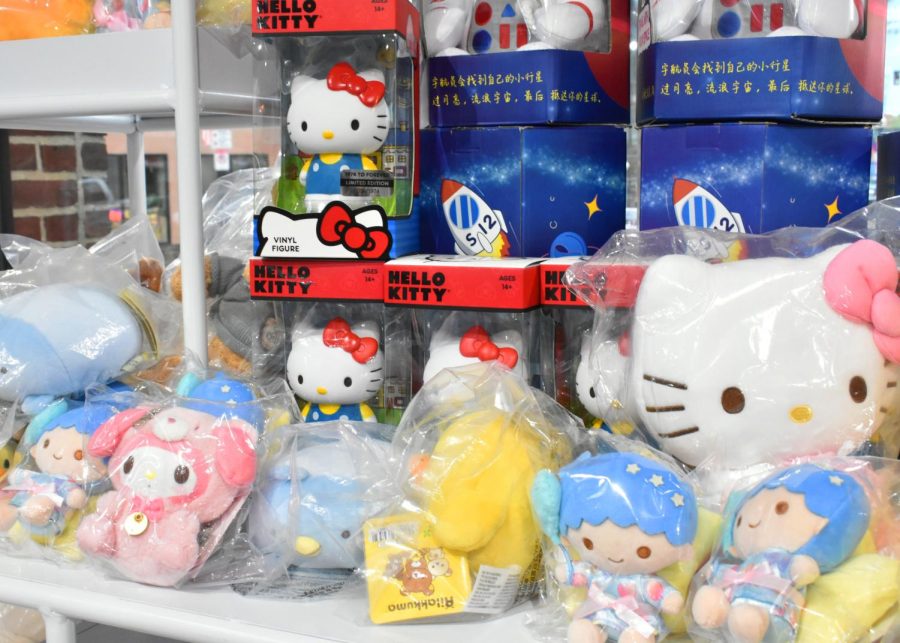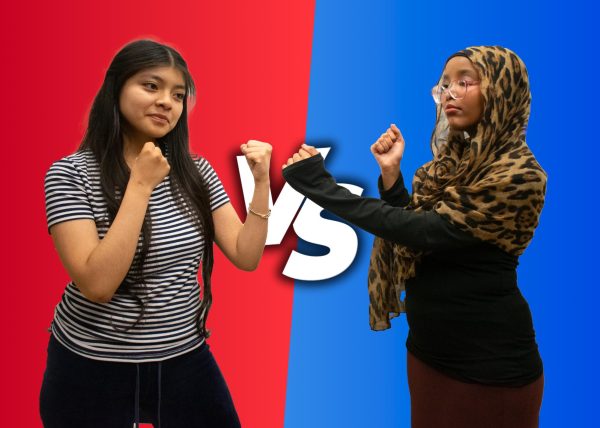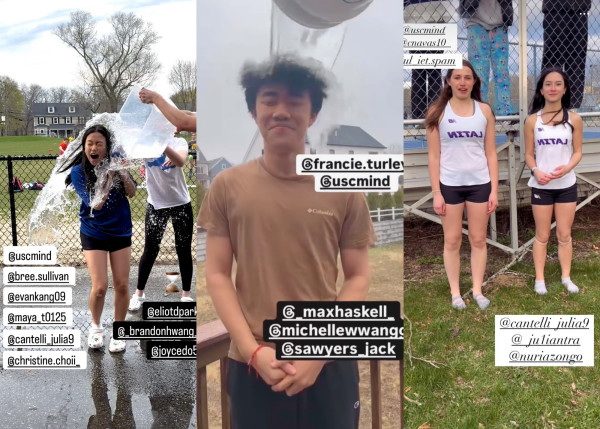Why Japan Made Its “Cute Culture” Such a Hit
From Honda to Nikon, or Sanrio to Nintendo, Japanese brands are ubiquitous in America with a reputation for quality and reliability, producing and exporting tons of consumer goods every year. In addition to upholding an image of quality finish, Japanese products have also harnessed the industry of “cute,” a product of the surge in popularity of the anime and character-licensing industry. The 2000s surge in consumption of Japanese products can be attributed to several factors; the most important is certainly Japan’s former need to revitalize and rebrand itself in the period following World War II. Was the rebirth of Japan a deliberate plan to sweep aside its sinister past?
As Japan rapidly grew into a pop-cultural giant, it certainly took time and the right blend of conditions — economic and perhaps social conditions — to reinvent Japan’s global image.
Throughout history, Japan has been considered an incredibly fierce country, especially in the eyes of Americans. In the past, they were depicted as a militaristic aggressor that committed heinous war crimes, including the bombing of Pearl Harbor and the invasion of China.
Since World War II, Japan has promoted anime and kawaii culture, which refers to the culture of cuteness, using popular materials like anime, manga and games. They rebrand themselves into a culture that, to the average Americans, would seem non-threatening.
During this post-war era, most Americans loathed buying Japanese products not only because of their history of conflict and trauma, but because the goods that ended up on American shelves were often shoddy and cheap, in contrast to perceptions today. It was only during the post-war economic boom that Japan emerged as a fantasyland of kawaii culture, manga, Nintendo video games and Pokémon.
As for entering the market post-WWII, Japan had an impressive militaristic legacy, as their weapons in WWII were in high demand by American soldiers and often coveted by Japanese soldiers. Japan, nonetheless, did not want to sell military technology as it would further their image as a menacing and brutal force, furthering Americans’ pervasive apprehension towards them and their products.
Japan, instead, chose to utilize its innovative technology on higher-quality products. On top of rebranding, Japan was motivated to combat the racial stereotypes plaguing the United States at the time. Following the Japanese attack on Pearl Harbor, various forms of propaganda circulated to embody the entire Japanese nation as a ruthless and animalistic enemy that needed to be defeated. As a response to Japanese attacks, the U.S. halted negotiations with Japanese diplomats, instituting a full embargo on exports to Japan and freezing Japanese assets in U.S. banks.
According to a 2012 New York Daily News article, “Japan’s Pursuit of Cute Spawns $30 Billion Industry,” a small segment of the total kawaii industry, Japan’s character-licensing industry, led Japan to quickly become a global force in the economy. In the process, it completely took the U.S. by storm with its lovable characters and artistic manga and anime.
Japanese artist Takashi Murakami, however, offers a different perspective. He describes Japan as the world’s first post-apocalyptic society, believing Japanese creators turned to manga, anime and other forms of pop culture to grapple with and express their anxieties following Japan’s lost history. This underscores just how potent pop culture can be in shaping national identity on the global stage. It is difficult, however, to ignore the exigent role of Japan’s government in promoting its unique culture on a more global scale.
In 1997, the Japanese Agency for Cultural Affairs supported the exhibition of anime, manga, video games and character-licensing to penetrate the American market. According to Douglas McGray in Foreign Policy, “Commercial trends and products, and a country’s knack for spawning them, can serve political and economic ends.” Japan’s intent is evidenced in its emphasis on its prominent lovable and cute products, taking consumers by storm all over the world.
Today, the country’s exports of TVs, movies and toys stand as one of the world’s premier examples of soft power, or the ability to influence and attract international cooperation through persuasive means, such as culture, rather than by direct payment or force. Boston Latin School history teacher Mr. Andy Zou reflects, “So much of art movement is human movement socially.”
As the Smithsonian Magazine states, “Something as seemingly frivolous as a Pokémon obsession can blossom into ‘a sympathetic response to Japanese people as a whole.’” In its transition from marketing as a stronger, hostile force to a non-threatening, cute one, Japan revitalized itself under a new name. Its global influence is evident as other countries attempt to rebrand themselves under the same name.
The article continues, explaining that “other countries have jumped on the brand wagon, adopting slogans such as ‘Incredible India’ and ‘Drink Finland.’ By marketing cultural exports, nations hope to tap a vast global market. And nation-branding can be a form of ‘soft power,’ a way of gaining back-door influence in the international community.”
Another obstacle Japan had to overcome was the deep resentment of many older generations of East Asian descent, which carry over to the younger generation of East Asian students who may now revere Japanese culture and consider Japan’s devastating effects on much of East Asia in history. Each year, more and more Chinese students are choosing to study abroad in Japan. Seeing Japan in a positive light despite older generations’ trauma from WWII is the cause of much frustration among such older generations; however, as important as it is to honor a country’s long-running history, it is also crucial to learn from the past and to move forward.
Yuta Kaneko (II) remarks, “It is undeniable that J-pop is a major industry in the world, with it attracting many people around the world to travel to Japan. This is because the younger generation is more open to Japan, putting aside war. The older generation tends to still hold grudges, and although I believe that history should be upheld and honored, it is important to not hold anger towards anyone.”
Still, many Japanese students remain ignorant of Japan’s past actions. In Japan, Anne Frank’s narrative is a prevalent one. Students emphathize with the European Jews who can share this “kinship of victims,” thinking of themselves as victims of the U.S. atomic bombs in Hiroshima and Nagasaki, rather than the perpetrators in WWII.
Mr. Zou emphasizes, “Japan in the modern day doesn’t teach about the atrocities, especially the textbooks, unlike China and even Europe, which vilify the Japanese in some ways. […] It’s all about teaching the younger generations the raw history.”







